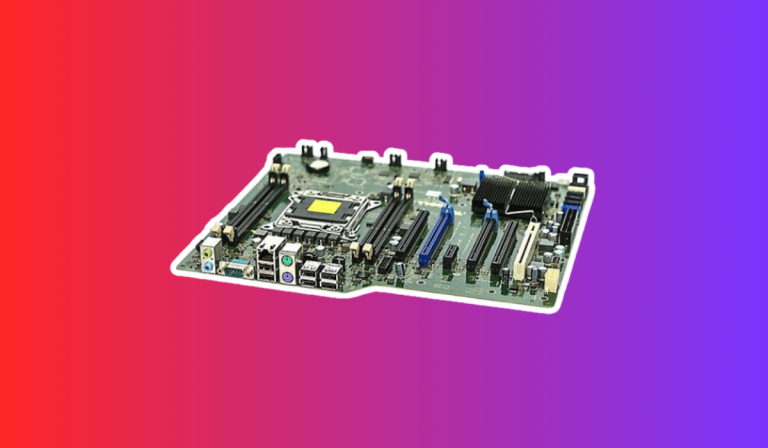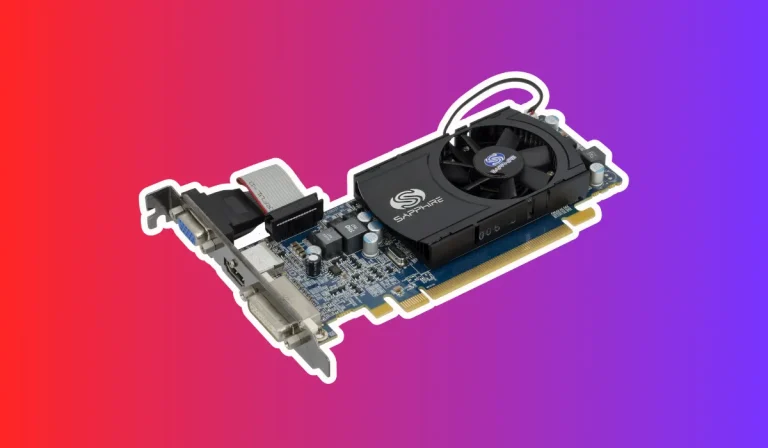How do I check if my GPU fan has any problems?
Are you a gaming enthusiast or someone who relies on a powerful graphics card for demanding tasks? If so, you likely understand the importance of a well-functioning GPU fan. The GPU fan plays a crucial role in keeping your graphics card cool, which is essential for optimal performance and longevity.
Signs of Potential GPU Fan Problems
Abnormal or Excessive Noise
If you notice unusually loud or strange noises coming from your computer, particularly from the area where the GPU is located, it could be a sign of fan problems. A malfunctioning GPU fan may produce grinding, rattling, or buzzing sounds.
These noises can be indicative of a misaligned fan, worn-out bearings, or an obstruction in the fan blades. It is important to address these issues to prevent further damage and to maintain proper cooling.
Overheating and Performance Issues
Another telltale sign of GPU fan problems is overheating. If your graphics card is not being adequately cooled, it can lead to increased temperatures, which in turn can cause performance issues.
Overheating can result in reduced frame rates, system instability, and even unexpected shutdowns. If you notice your computer experiencing frequent crashes or experiencing a significant drop in performance during graphic-intensive tasks, it may be a result of GPU fan problems.
Inconsistent or Stopped Fan Spinning
The GPU fan should consistently spin while your computer is running to ensure proper cooling. If you observe that the fan is not spinning at all or spinning inconsistently, it could indicate a problem.
This issue can be caused by a faulty fan motor, loose connections, or a malfunctioning fan controller. A non-functioning or irregularly spinning fan can lead to inadequate cooling and potential damage to your graphics card.
Checking the GPU Fan
Power Off and Unplug
Before you begin, ensure that your computer is powered off and unplugged from the electrical outlet. This step is crucial to prevent any accidents or damage during the inspection process.
Open the Computer Case
Next, open your computer case to access the internal components. Refer to your computer’s manual or online resources for instructions on how to safely open the case without causing any damage.
Locate the Graphics Card
Once the case is open, locate the graphics card, which is typically inserted into a PCI-E slot on the motherboard. Take note of its position and any surrounding components that may obstruct your view.
Examine the Fan Blades
Carefully inspect the GPU fan blades for any signs of damage, such as cracks or chips. Ensure that the blades are clean and free from dust or debris that may impede their rotation. If you notice any obstructions, gently remove them using compressed air or a soft brush.
Check the Fan Motor
While examining the fan, also inspect the motor to ensure it is securely attached and functioning properly. Look for any loose connections or visible signs of wear. If you suspect a faulty motor, it may be necessary to replace the fan.
Software Monitoring and Control
GPU Tweak
GPU Tweak is a software utility developed by ASUS that allows you to monitor and control various aspects of your graphics card, including fan speed. With GPU Tweak, you can adjust fan speed manually or set up custom fan profiles based on your specific requirements. This level of control ensures that your GPU remains cool under heavy load or during intense gaming sessions.
EVGA Precision X1
EVGA Precision X1 is a powerful software tool that provides monitoring and control capabilities for EVGA graphics cards. Along with temperature and clock speed monitoring, Precision X1 offers fan control options.
You can manually adjust fan speed or create custom fan curves to optimize cooling performance. This software also allows you to save and load fan profiles for different scenarios, ensuring your GPU stays cool and efficient.
AMD Radeon Software
For AMD graphics card users, the AMD Radeon Software provides a suite of tools for monitoring and control. With this software, you can access the Radeon WattMan feature, which allows you to adjust fan speed and temperature targets.
You can create custom fan profiles or let the software automatically adjust fan speed based on GPU temperature. This ensures that your AMD graphics card operates within safe temperature limits.
FAQ’s
1. Why is it important to check the GPU fan for problems?
Checking the GPU fan is crucial as it ensures proper cooling for your graphics card, preventing overheating and potential damage to the GPU.
2. How can I physically inspect the GPU fan?
To physically inspect the GPU fan, power off your computer and open the case. Locate the graphics card and examine the fan blades for damage or obstructions. Also, check the fan motor for loose connections or signs of wear.
3. What software tools can I use to monitor the GPU fan?
Some popular software tools for monitoring the GPU fan include GPU-Z, MSI Afterburner, and HWMonitor. These programs provide real-time data on fan speed and temperature, helping you identify any abnormalities.
4. What are the signs of a faulty GPU fan?
Signs of a faulty GPU fan may include excessive noise, irregular fan speed, or increased GPU temperatures during normal usage. If you notice any of these signs, it is advisable to further investigate and potentially replace the fan if necessary.
5. Can I control the GPU fan speed using software?
Yes, many software solutions like GPU Tweak, EVGA Precision X1, and AMD Radeon Software allow you to control and adjust GPU fan speed. This gives you the flexibility to optimize cooling performance based on your specific requirements.
Conclusion
Taking care of your GPU fan is vital for ensuring optimal performance and preventing overheating issues. By physically inspecting the fan and utilizing software tools for monitoring and control, you can detect potential problems early on.
Additionally, adjusting fan settings using software solutions allows you to optimize cooling performance.





